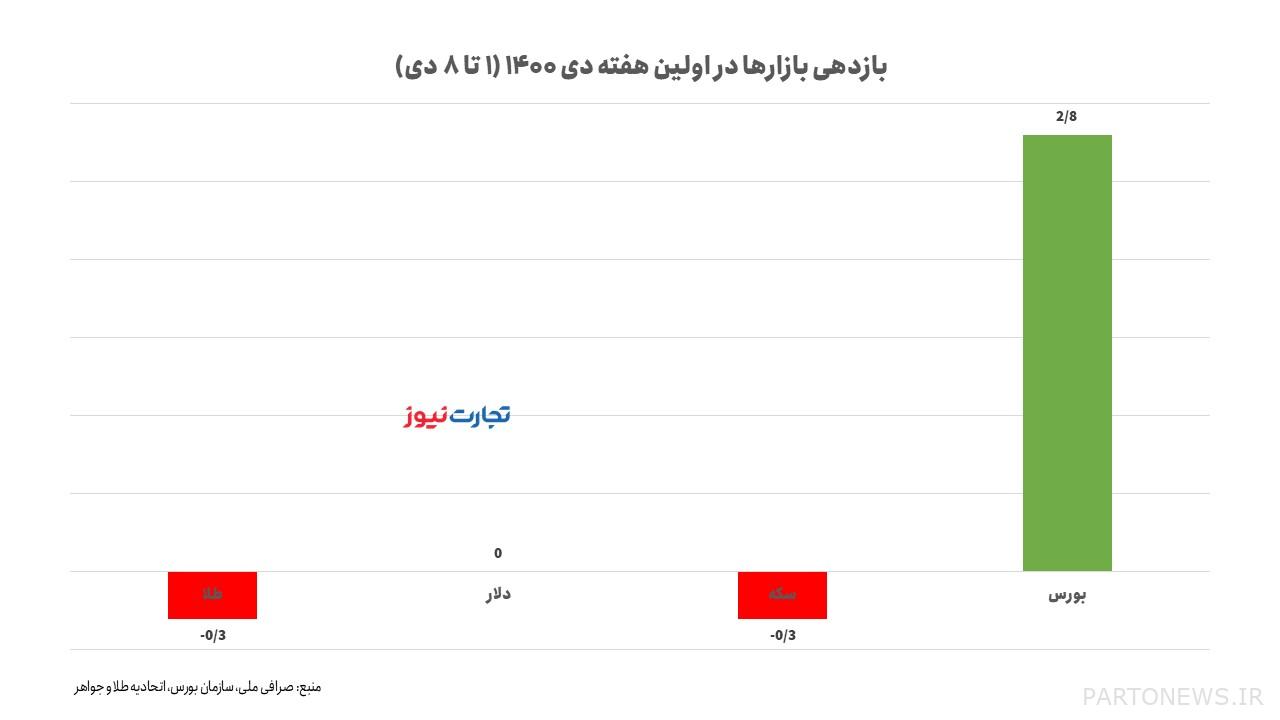For “Samuel” who was not equal in innovation and taste

Theater News Base: This researcher and film historian, whose many old books and writings have been published under the name of “Gholam Heydari”, has written a note about the documentary “Samuel Khachikian: A Conversation” directed by Omid Najvan and provided it to ISNA.
In this text, entitled “Samuel Khachikian: A Conversation; a Conversational Documentary”, Baharloo wrote:
“In the summer of 1991, when I spent consecutive days with Samuel Khachikian for a long conversation about his life and films, he answered my many questions in a very cordial atmosphere. In those days, my only tool was a small tape recorder with a brown leather cover, and that’s enough. I did not have a video camera or even a camera. Therefore, neither the image nor the photo of that long conversation has been recorded. The result of our forty hours of conversation is several audio tapes, and a book that was published in 1992 called “Samuel Khachikian: A Conversation” and then in 1396 entitled “The Case of a Criminal: Samuel Khachikian”.
Khachikian, or as his close friends called him, “Samuel”, is a filmmaker to me, whom in the 1930s and 1940s, among his contemporaries, I could not equate with anyone in terms of innovation and taste in the technical and industrial fields of cinema; A filmmaker who has had a significant presence in cinema for two decades, appearing on the set of his films with indescribable enthusiasm.
Seven years after this conversation, Omid Najvan also approached Khachikian for a short interview, which was to be published in a movie magazine. His instrument was also a tape recorder, recording only Khachikian’s voice, accompanied by a photographer who took a few photos of their conversations. More than two decades later, Najwan set out to make a film about Khachikians based on the amount of voice that remained from their conversations. He bases his film on dialogue; A conversation that has taken place with the function of printing in the press, and now has to take on a visual form, and at the same time present evidence and provide information that is both compelling and reinforces a sense of follow-up in the audience. Therefore, he has made extensive use of excerpts from films, trailers, and behind-the-scenes photographs that Khachikian had or provided.
“Samuel Khachikian: A Conversation” is a documentary in praise of Khachikian; Apart from selecting notable scenes from his films, Najvan has tried to give a fair picture of Khachikian’s professional career and parts of the history of Iranian cinema by placing Masoud Kimiaei, Houshang Golmakani and Nizamuddin Kiai in front of the camera and recording their laudable memories and views. “Samoul” himself, with the same amount of professionalism that Najvan had, has tried to maintain such an image of himself and Iranian cinema, and of course Najwan was lucky that Khachikian, as always, from his long career and career, not only from a perspective He has spoken solo and cross-sectionally or completely personally, but with a broader and more general perspective.
(I saw this film in my house on December 10th, thanks to Mr. Najvan, who sent me a copy of it) “
This documentary will be screened in the coming days at the 15th Haghighat Film Festival.

///.

